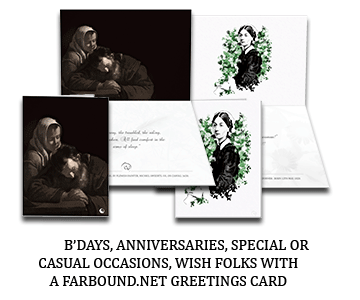An unknown Indian soldier of the British Indian army makes the ‘V’ gesture, in a photo that was taken on the 1st of November, 1941. The caption next to the photo reads: He gives the sign ‘V’ from the porthole of a ship as he arrives at Singapore, and his is backed by million Indian troops and the rest of the Empire as well.
The soldier was part of the Indian IIIrd Corps sent to Singapore to combat the Japanese invasion of the Malay peninsula that had ultimately culminated in the battle of Singapore in February, 1942.
In the ensuing engagement, an 85,000-strong allied army, comprising of Australian, Indian, Malayan and regular British divisions, had suffered a crushing defeat at the hands of the Imperial Japanese Army.
Out of a speculated 55,000 Indian personnel who had participated in the action, somewhere close to around 40,000 had been taken prisoner by the Japanese after the fall of Singapore.
The Indian National Army.
Indian revolutionary, Rash Behari Bose, in alliance with the Japanese, had recruited some 30,000 of these men to form the Indian National Army on the 1st of September, 1942.
In this endeavour, Rash Behari Bose had been influenced by Japanese Intelligence Officer, Major Iwaichi Fujiwara and defector Mohan Singh – a soldier of the British Indian Army, possibly the Indian III Corps, who had originally conceived the idea of forming the army and who is likewise credited as its founder.
Later, under his (Rashbehari Bose) successor, Subash Chandra Bose, this revolutionary army, reinvigorated and additionally bolstered with new recruits, had fought and perished alongside the Japanese in Burma. With survivors, later captured, put on trial, and in accordance with army disciplinary rules, punished. Many were also executed for treason.
Those who had remained loyal, however, had rotted in Japanese prisoner-of-war camps, till they had been rescued by Allied forces.
The fate of the soldier in the photo is not known.
This Photo.
This photo was produced by an unnamed member of the Film and Production Unit of the British Army. The Film and Product Unit was a special division, tasked with documenting the role of the Allied armies during World War II. The photo is archived with the Imperial War Museum in the U.K., and is a part of the Ministry of Information’s Second World War Official Collection.
I The V sign I made with the palms facing inwards bears the same connotation as raising a middle finger. Also, see Farbound.Net story: V for Victory.








excellent information.